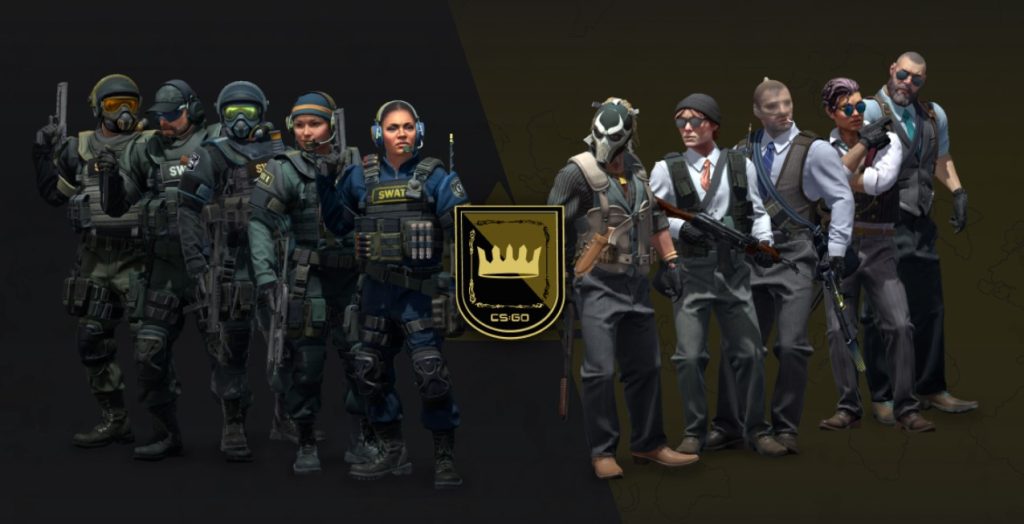Valve’s CS2 Servers Under Fire for Inconsistent Tick Rate Performance
The release of Counter-Strike 2 CS2, the much-anticipated sequel to Valve’s legendary Counter-Strike – Global Offensive CS, has been met with widespread excitement and scrutiny alike. While the game’s graphical overhaul and new features have largely been praised, one contentious issue continues to dominate discussions among players – inconsistent tick rate performance on official servers. This problem has led to frustration within the competitive community, where precision and responsiveness are paramount. Tick rate refers to how frequently a server updates game data to players, directly impacting the fluidity and accuracy of gameplay. In Counter-Strike, a high and consistent tick rate is essential for registering actions like shooting, movement, and utility deployment with precision. Traditionally, CS offered community-hosted servers with tick rates of 128, which became the gold standard for competitive play. However, Valve’s matchmaking servers were limited to 64 tick, a compromise that often-left purists dissatisfied. With the launch of CS2, Valve introduced sub-tick technology, promising to eliminate the tick rate as a limiting factor.

The system was designed to capture inputs precisely and relay them without reliance on fixed update intervals. While this innovation initially seemed like a leap forward, its implementation has raised concerns. Many players report experiencing inconsistent gameplay, with delays in hit registration, erratic movement synchronization, and other irregularities that disrupt the competitive experience. The promise of sub-tick technology creating a fair and accurate experience seems to have fallen short for many, prompting calls for Valve to address these issues urgently. Professional players and streamers have been especially vocal about the shortcomings. On platforms like Twitch and Twitter, clips showcasing inexplicable missed shots or delayed input registration have gone viral, fueling dissatisfaction. These inconsistencies undermine the trust players place in the game’s mechanics, which is critical for a title with a rich legacy in esports. In high-stakes matches, even milliseconds of delay can determine victory or defeat, amplifying the importance of server stability. Compounding the issue is the lack of transparency from Valve.
While the company has released occasional updates addressing performance and optimization, detailed explanations of the sub-tick system’s inner workings and its current limitations are scarce. Players are left speculating about the root cause of the problems, whether it is server-side inefficiencies, network-related issues, or inherent flaws in the sub-tick design. Community servers, which historically served as a refuge for competitive enthusiasts seeking higher tick rates, have also seen diminished relevance in CS2 due to Valve’s tight integration of matchmaking systems. Without the flexibility of alternative server options, players have little choice but to rely on Valve’s official servers, further exacerbating the dissatisfaction. The inconsistency in cs2 server tick rate performance is not just a technical issue; it is a reputational challenge for Valve. As the developer of one of the most iconic competitive games in history, the company is under immense pressure to deliver on its promises. Addressing this problem will likely require a combination of technical refinements, enhanced communication, and perhaps even a re-evaluation of the sub-tick system’s viability.